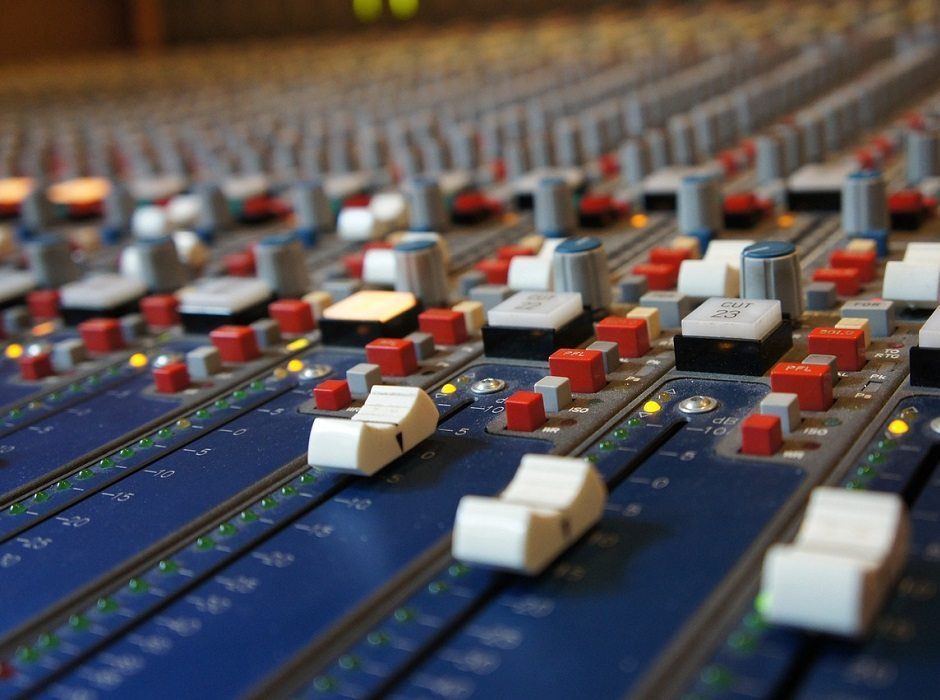[dropcap style=”font-size:100px; color:#992211;”]A[/dropcap]s previously mentioned in The Art of Remixing (Part One), we have laboured long and hard to construct a number of 16 or 32-bar musical sections that represent a verse, bridge, chorus and middle of the original track.
Into each section, we have poured a vast array of complementary musical parts, generated by a number of sound prototyping applications that we can now begin to tease out into an overall arrangement.
I prefer to go about this in a linear fashion, starting with a 60-second intro consisting of primarily of kick drum, which DJs will use for mixing into the track. Sparingly embellish this intro with some interesting percussive sounds or even a few hints of melodic phrases yet to come, such as a small vocal or instrumental loop.
When the intro has built sufficiently, drop the first core section – the verse – before progressing to the bridge, the chorus and so on. Be creative about how you use each of these musical parts; fading, chopping or reversing pieces in order to maintain the interest of the listener. As a boundary approaches of one piece to another, use an FX crescendo or ‘whoosh’ to alert the listener of the transition.
Try to think of it as a musical theme-park ride – each 16 or 32-bar segment containing a new surprise or event to fulfil their listening enjoyment. Build in tension, movement and excitement to keep them guessing about where the track will go next.
Try not to cram in countless layers of instrumentation. Instead, leave space for production techniques to sparkle. Use filters, such as band-passes or distortion, to add ‘heat’ to the instrumentation. Equally, effects such as reverbs, delays and looping can evoke a hypnotic, trance-like quality within the mix.
Methodically progress throughout the various sections until you have built a complete picture of the song. Be careful to maintain the integrity of the original piece, while at all times striving to produce something new. Carefully allow the track to transition through emotional peaks and troughs, climbing into rhythmic or melodic highs before breaking into reflective drops, in order to take the listener on an intriguing musical journey.
Once that musical story has been told, gently bring the piece to a successful conclusion by slowly reducing the instrumentation across a 60-second outro so that the DJ can easily mix out of the track.
When you have a final mix that you are truly happy with, make a hi-definition prototype production master using limiting and compression in order to maximise the audio impact. If you are lucky enough, play it out that same night at a venue you DJ at (or know a DJ) in order to observe which parts work the best with your audience. Then go back into the studio to change or adjust the mix as necessary.
Finally, present your work to the artist to get their approval.
Read The Art of Remixing (Part One)
Simon entered his professional music career at the age of 20, signing three major recording contracts and working as a composer, performer, producer and live artist. He has written and performed on 35 albums, composed film soundtracks and themes for television, and played live performances in the UK, Europe, USA and Asia.




















